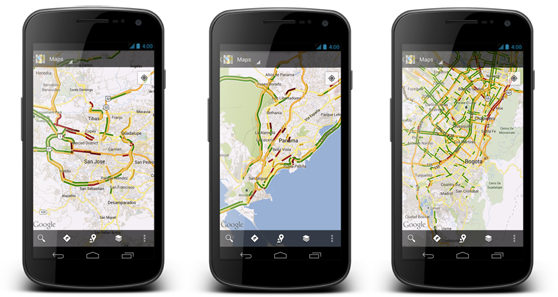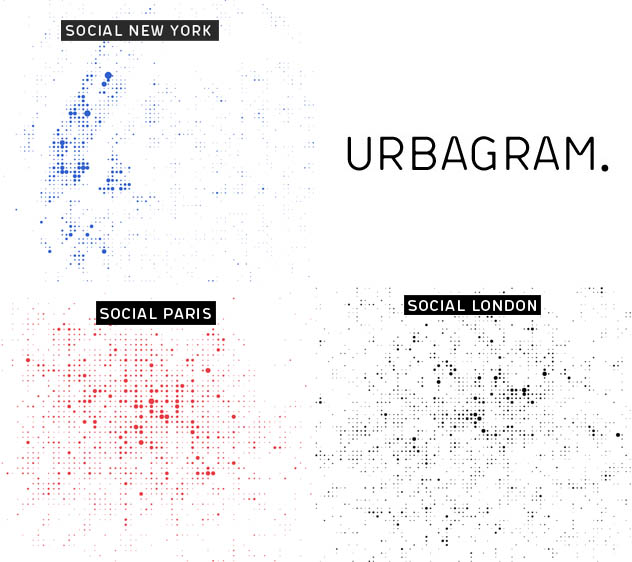
Google Maps Live Traffic adds 130 new cities around the world.
 Google has unleashed another update for Google Maps. They are trying hardly to attract users before release of iOS6 with new Apple Mapping service. Google has been constantly adding traffic to new cities but never on such a grand scale. Why now? They really need to have good PR to fight with Cupertino’s marketing.
Google has unleashed another update for Google Maps. They are trying hardly to attract users before release of iOS6 with new Apple Mapping service. Google has been constantly adding traffic to new cities but never on such a grand scale. Why now? They really need to have good PR to fight with Cupertino’s marketing.
Anyway the results are cool. Most of the updates focus around smaller cities in the US but finally Google is Latin America with first-time support for Bogota, San Jose (in Costa Rica) and Panama City but has improved and expanded coverage as well in Brazil, Canada, China, Czech Republic, France, Germany, Italy, Mexico, Russia, Spain, Sweden, and the United Kingdom.







